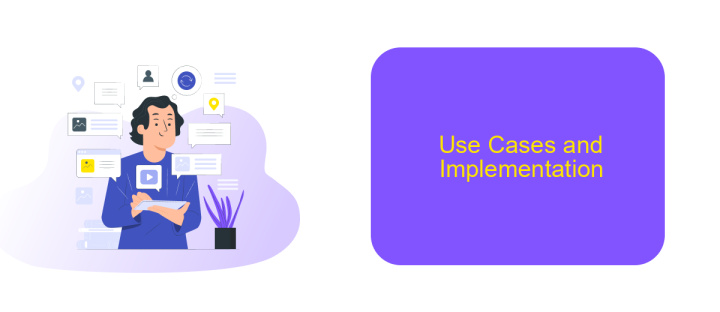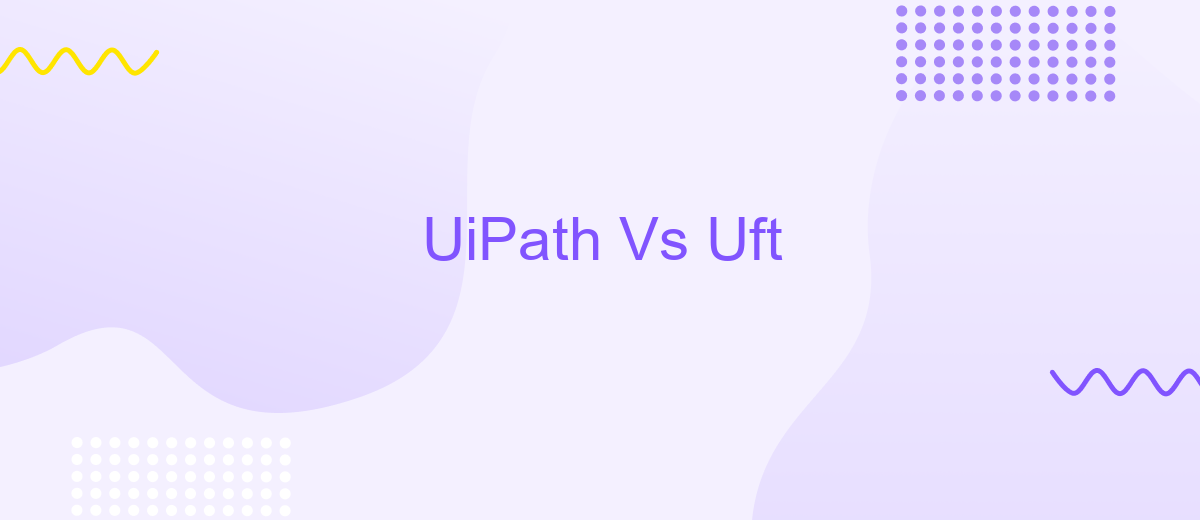UiPath Vs Uft
When choosing between UiPath and UFT (Unified Functional Testing) for automation, understanding their unique strengths and limitations is crucial. UiPath excels in robotic process automation (RPA) with user-friendly interfaces and extensive integrations, while UFT, a long-standing tool in the industry, offers robust functional and regression testing capabilities. This article delves into a detailed comparison to help you make an informed decision.
UiPath and UFT: An Overview
UiPath and UFT are two prominent tools in the realm of automation, each serving distinct purposes and industries. UiPath is a leading Robotic Process Automation (RPA) tool designed to automate repetitive tasks by mimicking human actions. It excels in streamlining business processes, reducing human error, and improving efficiency. On the other hand, UFT (Unified Functional Testing) by Micro Focus is a comprehensive test automation tool aimed at functional and regression testing of software applications. It supports a wide range of environments, making it a versatile choice for software testing.
- UiPath: Specializes in RPA, automating business processes.
- UFT: Focuses on functional and regression testing of software.
- Integration: Both tools can integrate with various services to enhance capabilities, such as ApiX-Drive for seamless data transfer and workflow automation.
Choosing between UiPath and UFT depends on the specific needs of your organization. If your goal is to automate business processes and reduce manual effort, UiPath is the ideal choice. Conversely, if your focus is on ensuring software quality through rigorous testing, UFT is more suitable. Both tools offer robust integration options, allowing for enhanced functionality and streamlined workflows.
Core Features Comparison

UiPath and UFT (Unified Functional Testing) both offer robust automation capabilities, but they differ significantly in their core features. UiPath excels in robotic process automation (RPA), providing a user-friendly interface and drag-and-drop functionalities that make it accessible even to those with minimal coding experience. It supports a wide range of applications and systems, including web, desktop, and Citrix environments, allowing for seamless integration across various platforms. UiPath also offers advanced features like AI and machine learning integration, making it a powerful tool for complex automation tasks.
On the other hand, UFT is primarily focused on functional and regression testing, catering to a more technical audience with its scripting capabilities using VBScript. It is highly effective for end-to-end testing of complex applications, especially those built on legacy systems. UFT supports a broad range of protocols and technologies, ensuring comprehensive test coverage. Additionally, for those looking to streamline integrations, services like ApiX-Drive can facilitate the connection between UFT and other tools, enhancing workflow efficiency. Overall, while UiPath is more geared towards business process automation, UFT remains a strong contender for thorough and technical application testing.
Advantages and Disadvantages

When comparing UiPath and UFT (Unified Functional Testing), each has its own set of advantages and disadvantages that cater to different needs and use cases.
- UiPath Advantages: User-friendly interface, strong community support, extensive integration capabilities, and cost-effective for small to medium enterprises.
- UiPath Disadvantages: Limited advanced testing functionalities compared to UFT, higher learning curve for complex automation scenarios.
- UFT Advantages: Robust testing features, supports a wide range of applications and environments, strong scripting capabilities, and comprehensive reporting tools.
- UFT Disadvantages: Higher cost, steeper learning curve, and less intuitive interface compared to UiPath.
While UiPath excels in ease of use and integration capabilities, services like ApiX-Drive can further enhance its integration potential. On the other hand, UFT is ideal for comprehensive testing needs but may require more investment in terms of time and resources. Choosing between the two depends on the specific requirements and constraints of your project.
Use Cases and Implementation

UiPath and UFT serve distinct purposes in the realm of automation, each excelling in different use cases. UiPath is predominantly used for Robotic Process Automation (RPA), enabling businesses to automate repetitive tasks across various applications and systems. On the other hand, UFT (Unified Functional Testing) is specialized for automated functional and regression testing of software applications.
Implementation of these tools varies based on the nature of the tasks and the environment in which they are deployed. UiPath is user-friendly with a drag-and-drop interface, making it accessible even for those with minimal coding knowledge. UFT requires more technical expertise, as it uses VBScript for scripting automated tests.
- UiPath: Ideal for automating repetitive business processes, data entry, and integration across multiple applications.
- UFT: Best suited for comprehensive testing of software applications, ensuring functionality and reliability through regression tests.
For seamless integration and workflow automation, tools like ApiX-Drive can be utilized alongside UiPath. ApiX-Drive facilitates easy integration between various services and applications, enhancing the efficiency of automated processes. This combination allows businesses to achieve higher productivity and accuracy in their operations.
Conclusion
In conclusion, both UiPath and UFT offer robust solutions for automation, each with its own strengths and weaknesses. UiPath excels in robotic process automation (RPA) with its user-friendly interface and extensive community support, making it ideal for automating repetitive tasks across various applications. UFT, on the other hand, is a powerful tool for functional and regression testing, particularly suited for complex test scenarios and integration with other testing tools.
When it comes to integration capabilities, services like ApiX-Drive can significantly enhance the efficiency of both platforms. ApiX-Drive allows seamless integration of various applications and services, enabling smoother workflows and data synchronization. Ultimately, the choice between UiPath and UFT depends on the specific needs of your organization, the complexity of tasks, and the level of integration required. By leveraging the strengths of each tool and utilizing integration services like ApiX-Drive, businesses can achieve optimal automation and testing outcomes.
- Automate the work of an online store or landing
- Empower through integration
- Don't spend money on programmers and integrators
- Save time by automating routine tasks
FAQ
What are the main differences between UiPath and UFT?
Which tool is better for automating web applications?
Can UiPath and UFT be integrated with other tools and services?
How do the licensing models of UiPath and UFT compare?
Which tool is more suitable for non-technical users?
Routine tasks take a lot of time from employees? Do they burn out, do not have enough working day for the main duties and important things? Do you understand that the only way out of this situation in modern realities is automation? Try Apix-Drive for free and make sure that the online connector in 5 minutes of setting up integration will remove a significant part of the routine from your life and free up time for you and your employees.


